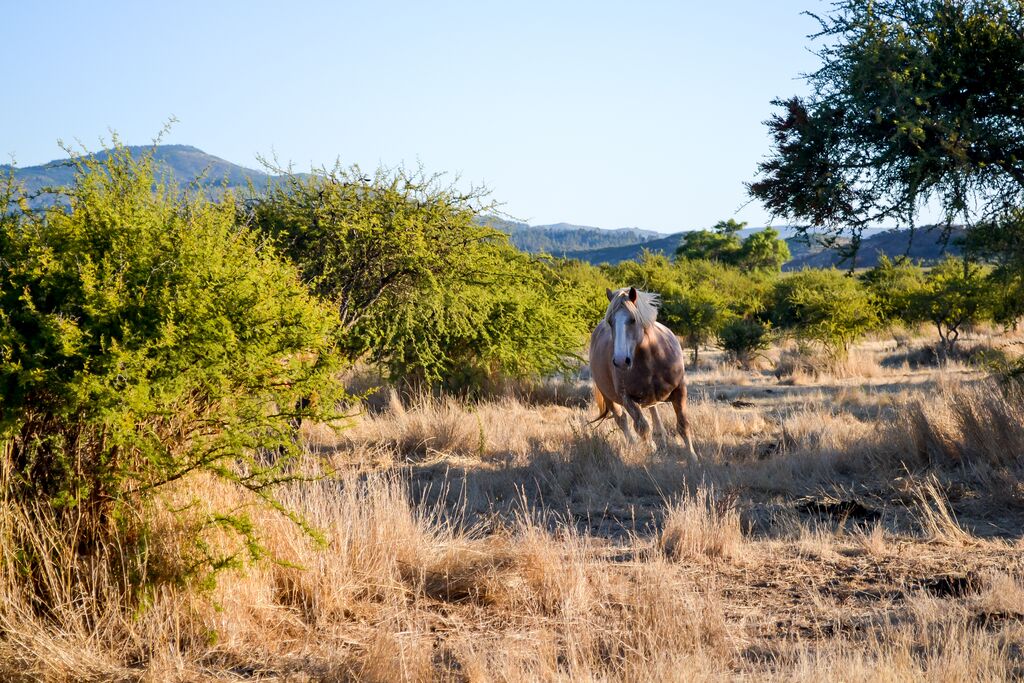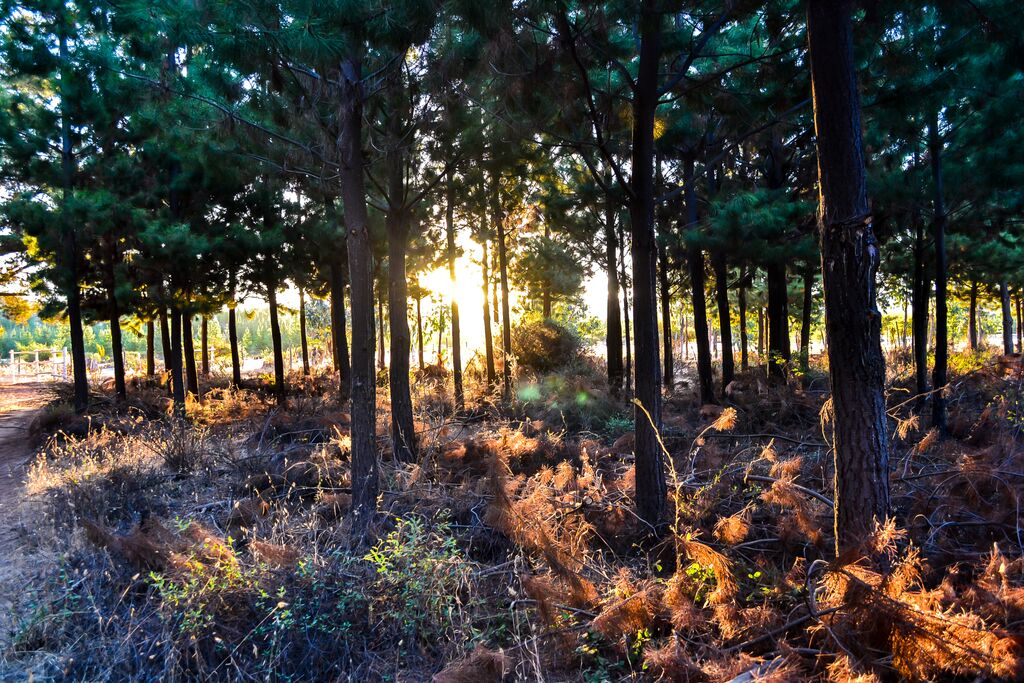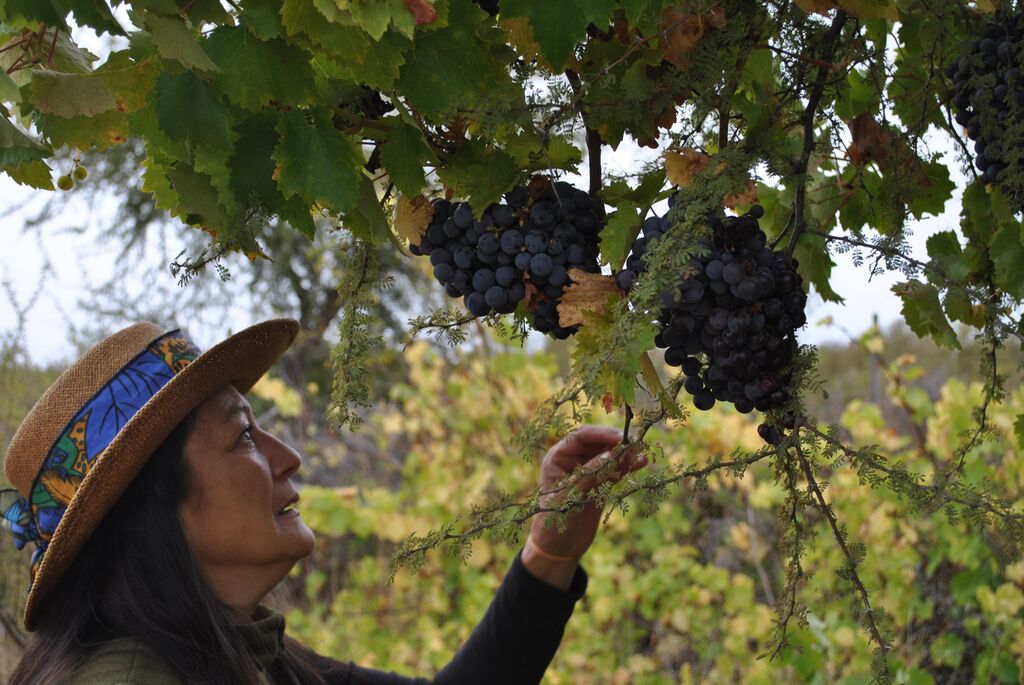Life Inside the Bottle
“Wildness reminds us what it means to be human, what we are connected to rather than what we are separate from.”

Every so often, when there is a full moon, say, I try to chisel a definition about what constitutes a natural or real wine. I am sure that it is never an absolute position for the vigneron; instead the vine-tending and wine-making is a constant journey that involves walking the line between idealism and expediency. For some, going natural, for want of a better expression, is natural – it comes with the territory, it fits their persona, they see it as a form of self-expression. For others, working without safety nets is not something they feel comfortable with, as they view wine primarily as a stable, consistent product to be protected at all costs against fault, and, dare one say, inaccuracy.
Even if one were able to arrive at a nominal definition of natural winemaking, there are many specific issues that cause debate and dispute, such as skin contact, cold carbonic maceration, the type of fermentation and maturation vessels, no/low sulphur, organic/BD farming, wild yeasts, and beyond that still wide-ranging philosophical and political issues such as freedom, the importance of aboriginal varieties, the definition of terroir, defense of appellation, and so on.

Nothing is as obvious as it seems. It is easier to start with the tricksy word and work back. The bald definition of natural is simply being in accordance with, or determined by, nature. In terms of wine, it means not having any extra substances or chemicals added – not containing anything artificial; closely resembling an original – true to nature; marked by easy simplicity and freedom from artificiality, affectation, or constraint.
A natural product is one that bears a strong relationship to its origins (in the vineyard). Transformations may have occurred, but something unique and original has been preserved. The wine tastes real – it possesses energy, purpose, life, as opposed to being the aggregation of a series of confections. It is the body rather than the clothes, or the skin in all its mottled glory rather than the plastic surgery.
That this is a matter of degree rather than an absolute state of either/or should not be a matter for dispute. That it is a story of human involvement goes without saying, however, it is also to do with harnessing or channelling rather than imprinting and superimposing, a process of physical (and perhaps even spiritual) accompaniment rather than the execution of a recipe by means of chemical (and other) manipulations.
Putting life into the bottle and letting it live.

Natural winemaking means no short-cuts; it is not about achieving a facsimile product. It exalts the journey or process itself, from the very nature of the vintage to the transformation of grape juice into wine.
It’s always about the grapes – the grapes from a living vineyard pulsating with micro-organisms, yeasts, worms and bugs, plants and flowers, birds – an eco-system, a self-sustaining chemical-free polyculture. Life in wine comes from life in the vines. Nothing can come of nothing.
The vine grower is part of this world and has an intimate and tactile relationship with the vines.
The subsequent interventions in the winery determine not just the degree of naturalness but the very nature and shape of the final wine itself.

Natural winemaking is about the very process of investigation: the encounter with and shaping of raw materials. It is about the nature of adaptability. It is about the culmination of process and transformation into something original and unique that people can appreciate and respond to in their own way. That is alchemy. That is creation. For real wines are…living wines.
